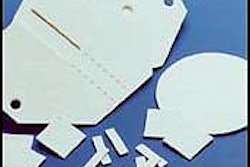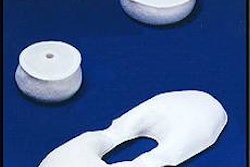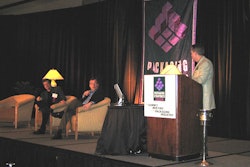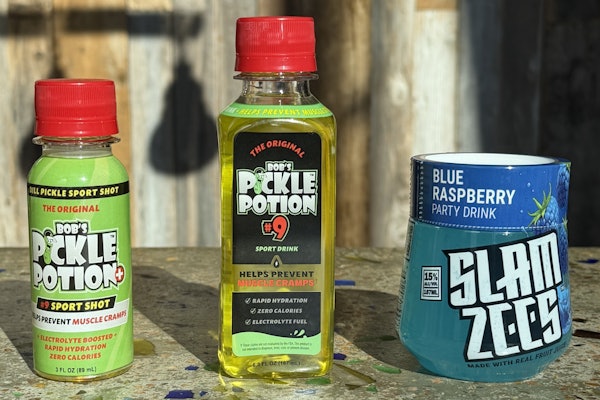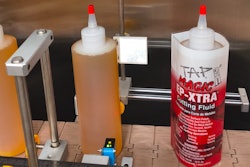of Rochester, NY, anticipates potential cost reductions and efficiency improvements as a result of the change. “As you would expect with any change from something we have been doing for a long time, we went through a learning curve,” says technical director Larry Webb. “The transition was relatively easy, however, and our operators were able to learn the new procedures pretty quickly. We are now up to the same level of efficiency as we were with foil and expect to see further improvements as we get more familiar with the process.”
APC first prints the paper substrate on a 6-, 8- or 10-color press. The paper is 20#, 30#, or 35# clay-coated one side or two and printed gravure or offset in up to seven colors for pouches sold uncartoned at retail. Paper used for pouches sold in folding cartons are typically printed in one color flexo. The printed paper exits the press in 50+”-wide, 40+”-dia rolls. APC then uses a tandem lamination process, with two extruders positioned in line, one after the other. “The first extruder laminates the paper to the metallized side of the film, using a hot polymer adhesive to form a paper/PE/metal/BOPP laminate structure,” says Webb. The laminated film is then cooled on a chill drum, and automatic instrumentation measures its gauge to make sure it is correct. “The second extruder applies a hot polymer sealant coating to the corona-treated side of the OPP film and its gauge is measured a second time,” Webb explains. “In other words, the first step is extrusion lamination and the second is extrusion coating.”
